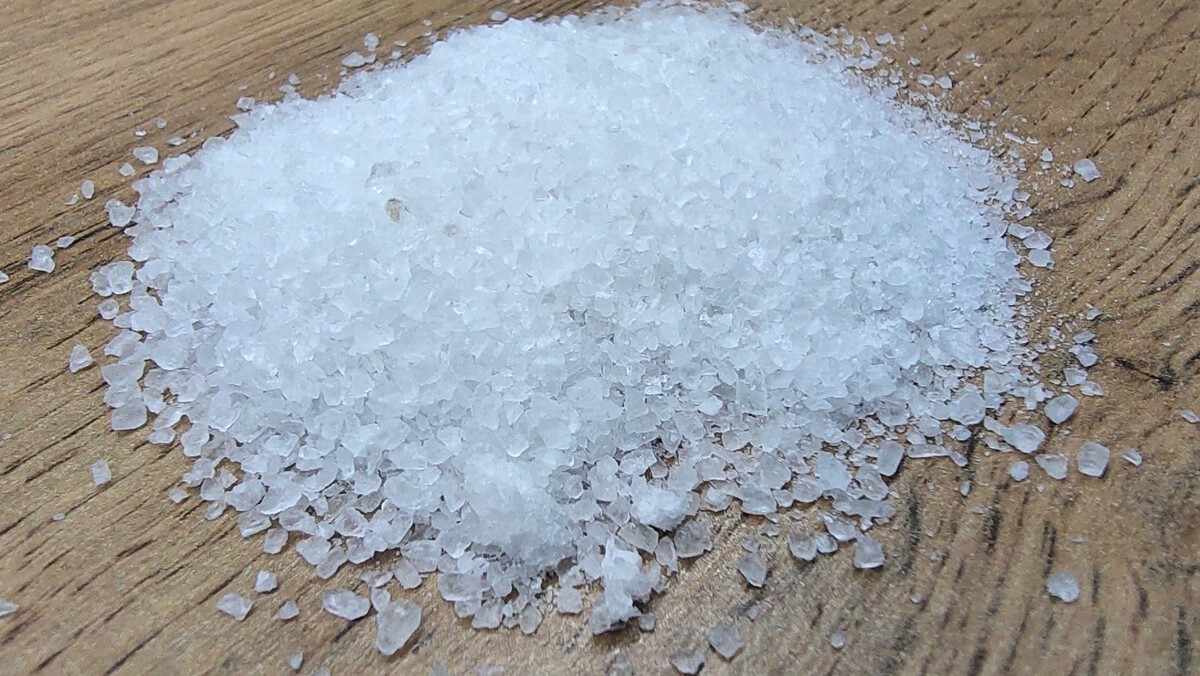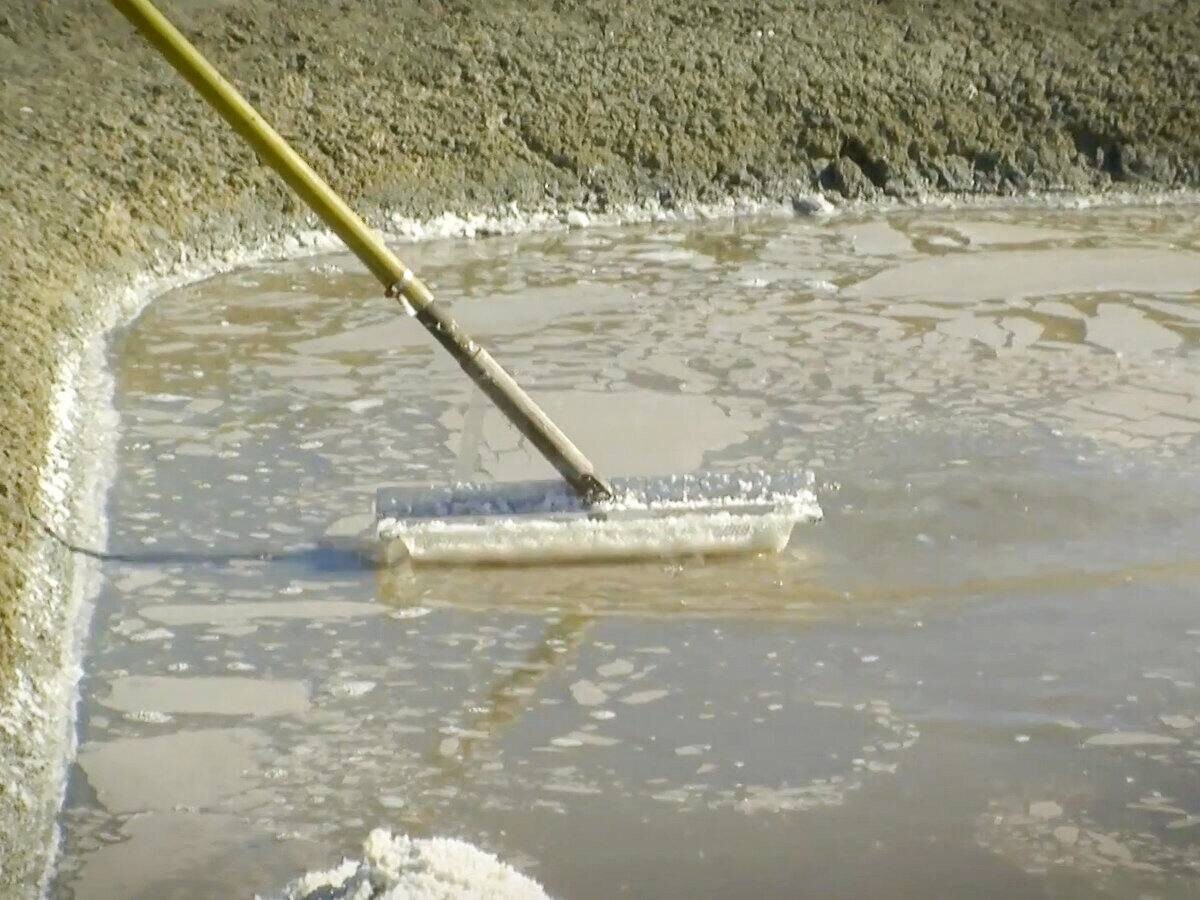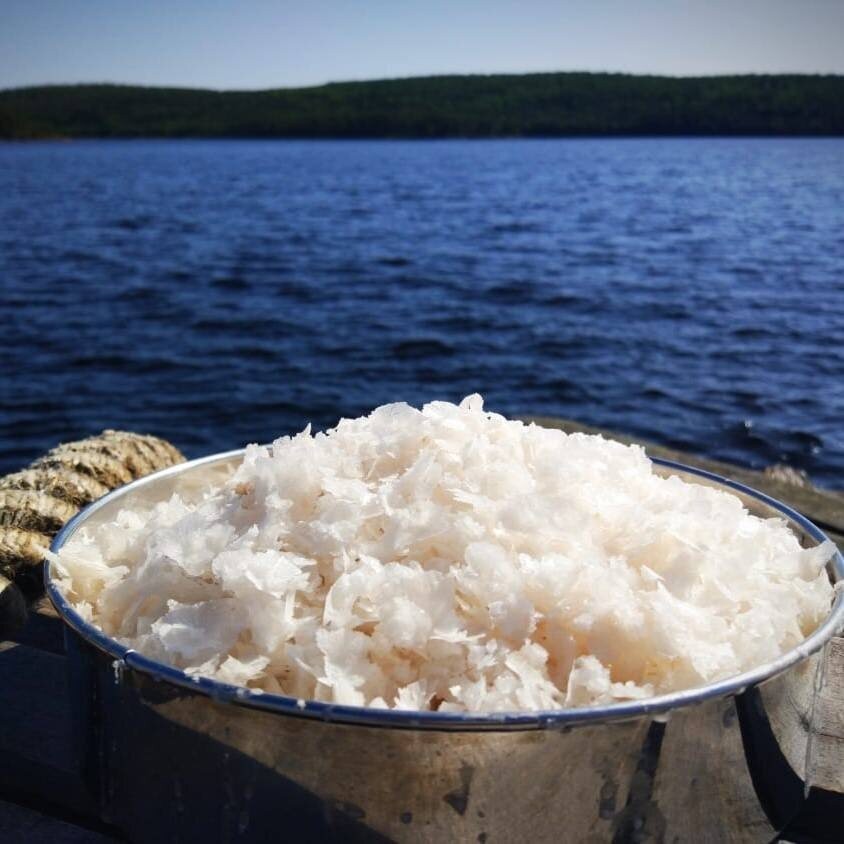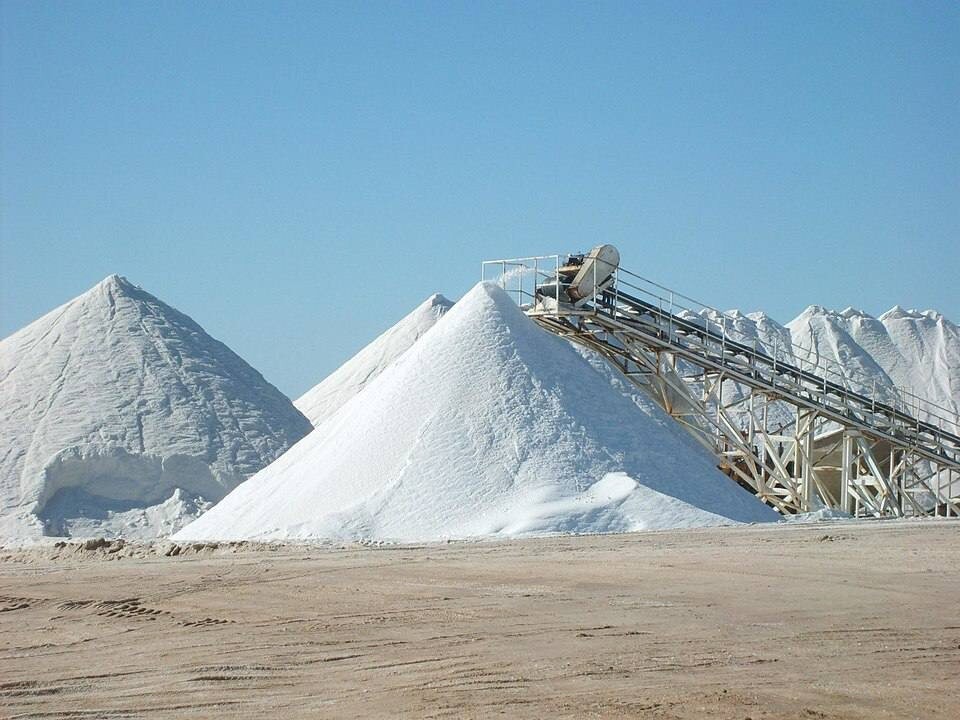Salt: The Most Democratic Mineral That Once Fueled Empires—and Now Sells You a Luxury
Salt has long been more than a seasoning. It shaped economies, sparked wars, and once functioned as currency. Today, the kitchen staple seems to have been democratized—anyone can reach for the cheapest bag. But the line between cheap and good is not just price. Almost all salt is 97-99% sodium chloride. The real differences lie in the remaining minerals, the crystal form, and how the salt is harvested. Regular table salt is mined from ancient underground deposits, washed, dried at high heat, treated with anti-caking agents (for example E536), and often iodized—producing a sterile white powder with a straightforward, aggressive saltiness.

In This Article:
What Makes Ordinary Table Salt Different from Sea Salt
Table salt is a mass-produced product: mined from ancient underground deposits, washed, dried at high heat, and fortified with anti-caking agents and sometimes iodine. Sea salt, by contrast, is produced by evaporating seawater in shallow pools. Because it’s less processed, it retains minerals such as magnesium, calcium, and potassium, which give it a more complex flavor and coarser, irregular crystals, often with a hint of brine, metal, or sweetness.

Himalayan Pink Salt: History, Color, and Taste
Himalayan pink salt is, in essence, the fossil of an ancient ocean—the Tethys—reversed by moving plates and sealed under lava and ice for 250 million years. Iron oxide that paints it pink also softens the taste: the salt is milder, and the crystals melt more slowly, revealing their character as they dissolve. It’s prized as a finishing salt, a colorful, tactile addition to a dish.

Cyprus Black Lava Salt: A Dramatic Salt, Not a Volcano
Cyprus black salt isn’t volcanic at all. It’s ordinary sea salt dried in the sun, then blended with activated charcoal derived from coconut shells. The charcoal coats each crystal, giving it a deep ebony color and a smoky hint. Opinions vary on taste—some say it carries a hint of sulfur and egg—yet it remains a niche choice, often favored for dramatic plating or social-media-worthy dishes.

Fleur de Sel: The Flower of Salt
Fleur de Sel is the ‘flower of salt.’ Harvested by hand in Brittany or Camargue under exacting conditions: wind, sun, and low humidity. Harvesters skim only the delicate upper layer of crystals that form on the water’s surface, producing moist, flaky grains with a pure, clean saltiness and no bitterness. It cannot be heated; it’s meant to finish a dish right before serving. So why pay more? Because you’re buying history, craftsmanship, unique sourcing, careful logistics, and a story you can taste. If you just need salt for pasta water, ordinary salt is enough. If you want to elevate a steak, salad, or even a piece of chocolate, Fleur de Sel offers a refined final flourish.

